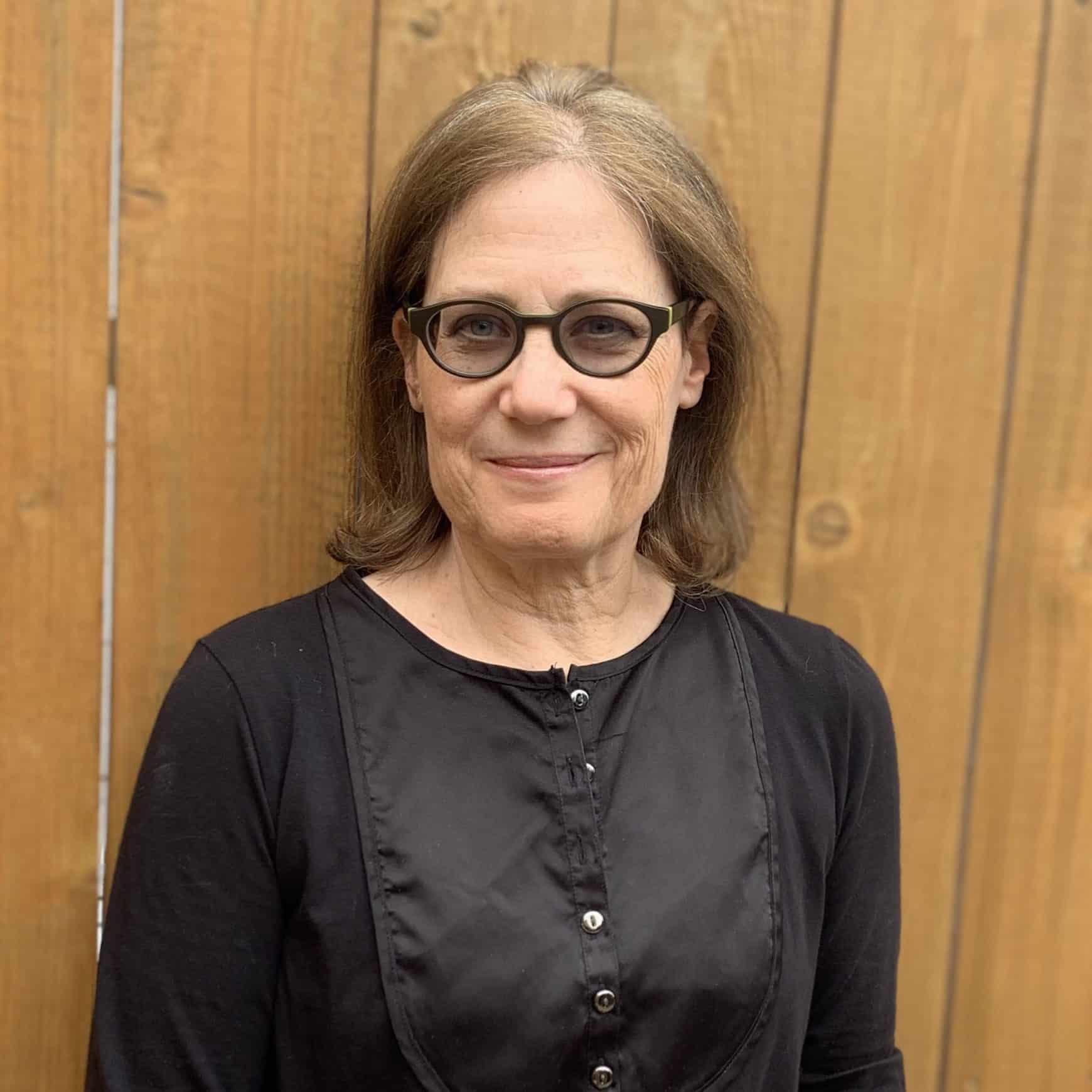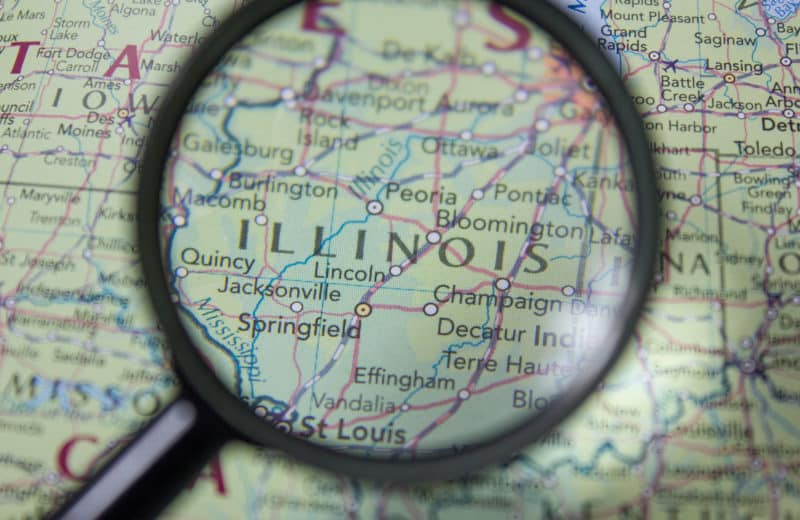With the pandemic and an increase in wine culture, more women are drinking — to excessive levels
Women drink. A lot. Search “women drinking memes,” and you’ll see hundreds, with images of women downing wine and captions such as, “I wish I could get another liver … so I could drink more and care less,” or “It’s funny how eight glasses of water seems impossible, but eight glasses of wine can be done in one meal.”
Women aren’t new to alcohol, but the stress and isolation of the pandemic has contributed to an increase in drinking. Several studies conducted during the pandemic note significant increases in drinking among women, in both frequency and amount.
While men upped their intake too, a study published in the Journal of Addiction Medicine examined a survey of alcohol use during the first few months of the pandemic and saw that from February to April 2020, women’s excessive drinking increased more than men’s.
Clearly the pandemic has provided plenty of reasons to drink. Women lost their jobs in disproportionate numbers during the first year of the pandemic or left work because they had to care for children who were home when schools closed. They sometimes took care of older relatives as well, often with diminished resources and support. For many, drinking became a standard quarantine activity.
Decades of increase
While the pandemic may have contributed to an increase in drinking, women’s drinking has been on the rise for years. This includes women who drink daily or binge drink occasionally, which the Centers for Disease Control and Prevention defines as four or more drinks within two hours for women.
The shift among younger women is significant. “Those born just before 2000 are approaching the prevalence of men. There used to be a big disparity, and there’s not anymore,” says Joseph Beck, MD, executive medical director of behavioral health at the University of Chicago Medicine. In fact, the 2019 National Survey on Drug Use and Health shows that in underage drinkers from age 12 to 20, females have already surpassed their male counterparts in binge drinking and other types of alcohol intake.
Young women are not alone. “There’s an increased percentage chance that [a woman is] more likely than a man to develop alcohol use disorder after age 60,” Beck says.
Excessive alcohol use among women was largely ignored until 1978, when former First Lady Betty Ford announced that she had been in treatment for drug and alcohol addiction. “I never thought of myself as an alcoholic. I was just a social drinker,” she said in a lecture years later.
Like Ford, many women don’t realize when they’ve graduated to problem drinking or alcohol use disorder.
Signs of dependence
Quantity is just one factor in determining whether a person has alcohol use disorder. “Have they developed tolerance, anxiety, agitation, irritability, poor coping without [alcohol]? If the answer is yes, they need to seek help,” says David Lott, MD, an addiction psychiatrist at Lott Behavioral Health and president of the Illinois Society of Addiction Medicine.
A person may be struggling with an alcohol use disorder, says Jim Scarpace, executive director of the Gateway Foundation, an addiction treatment center in Aurora, “when they continue to drink alcohol despite negative consequences, such as relationship issues or family difficulties, job stressors related to drinking, or financial stressors, and when they’re spending more time trying to drink and focusing on drinking and obtaining alcohol than they should be.”
Monica Schmitt, 53, of Woodridge knows how easy it is to deceive oneself about drinking. Schmitt, who started drinking as a teenager, is now two years sober.
For many years, she convinced herself that her drinking was not a problem because she did not drink during work hours. “I hid things really well,” Schmitt says.
“I was drinking a fifth of whiskey or more a day while taking barbiturates and Adderall,” Schmitt says. “I fell into a routine of starting my day by taking Adderall in the morning to wake up, followed by barbiturates to deal with my recurring headaches. I would take more Adderall throughout the day until I could hit the alcohol after my workday.”
But then she started day drinking. “One morning, about 10 o’clock in the morning, I went and took a drink. And that’s when I knew I had a problem,” she says.
Schmitt entered rehab and stayed for a month to detoxify from alcohol and barbiturates and reset her life. As soon as she got home, she joined an intensive outpatient program, which she credits with keeping her successful.
Risks to women
Drinking holds special risks for women, Lott says. “Women tend to have higher rates of liver disease compared to men with alcohol use. Alcohol increases the risk of breast cancer. And women are more at risk of having unintended sexual encounters, which could result in trauma, pregnancy, or sexually transmitted infection.”
The heavy-drinking female cohort born just before 2000 is now entering childbearing years, when alcohol intake presents serious danger to a developing fetus.
“Now it’s clear that even small amounts of alcohol exposure in utero can have some significant effects on the baby, things like behavior, impulse control, cognitive status,” Lott says.
He adds that all of those effects can be lifelong, persisting through childhood and adult years.
Trust the process
While drinking may feel like a temporary break or escape from responsibilities, it can put others in danger and jeopardize relationships. “I lost trust [from] my family, especially my youngest son because he felt so betrayed,” Schmitt says.
A first step to address problem drinking could be as simple as having a conversation with your doctor. Your physician may conduct blood work to determine how your liver is functioning and assess whether you have underlying mental health issues. If necessary, your doctor can recommend a hospital or a rehab facility, where you can detoxify under medical supervision.
Rehab programs arm people with tools for recovery. “Recovery is about more than just not drinking. It’s about having a strong support system, addressing mental health conditions like depression and anxiety, getting
the right kinds of counseling and medications if appropriate, and developing a really healthy social network that supports recovery,” Scarpace says.
Recovery is a long process. It includes finding treatment, support, and, ultimately, new meaning. Schmitt advises those going through it to find an intensive outpatient program or other support system after they leave the rehab setting to help the transition to home and a new, alcohol-free life.
“Trust the process,” Schmitt says. “It works.”
For more information, visit these sites:
Rethinking Drinking
Use the interactive tools to learn more about your risk and your options on this site from the National Institutes of Health.
rethinkingdrinking.niaaa.nih.gov
Find Treatment
Search for a doctor or treatment facility at this site run by the Substance Abuse and Mental Health Services Administration.













